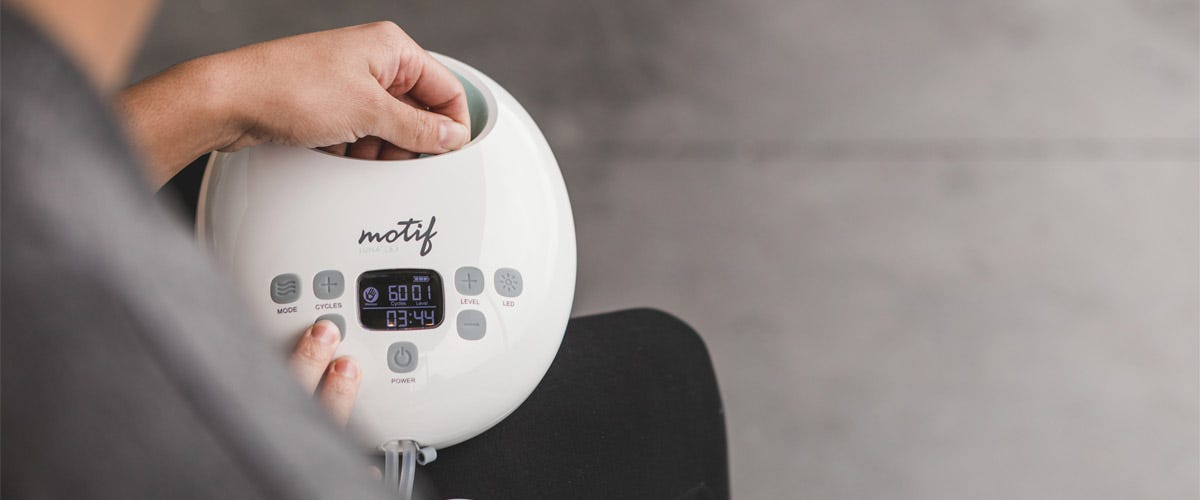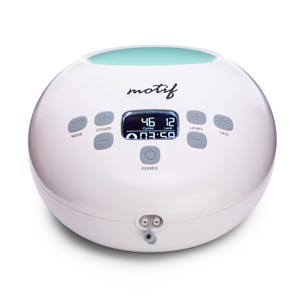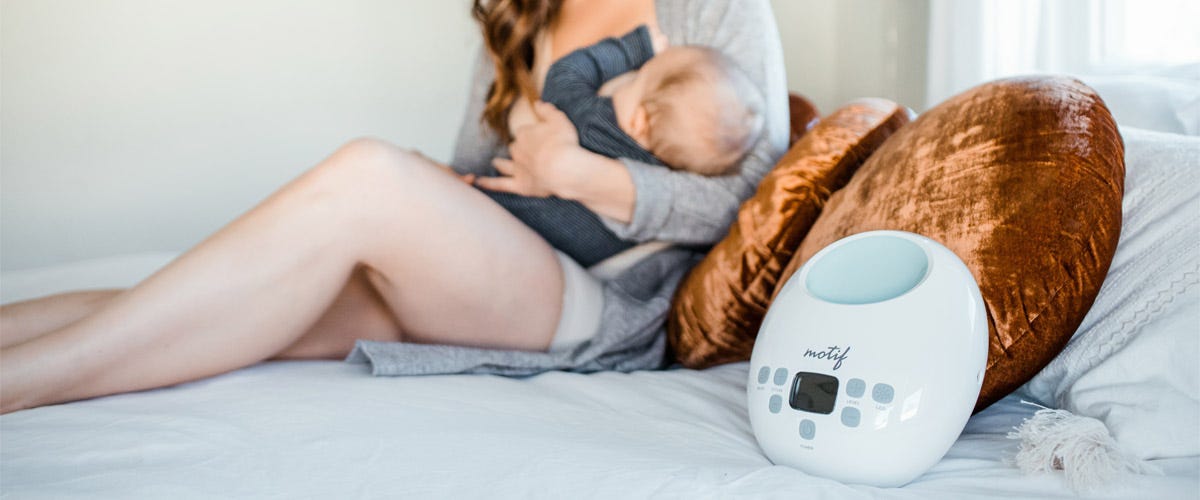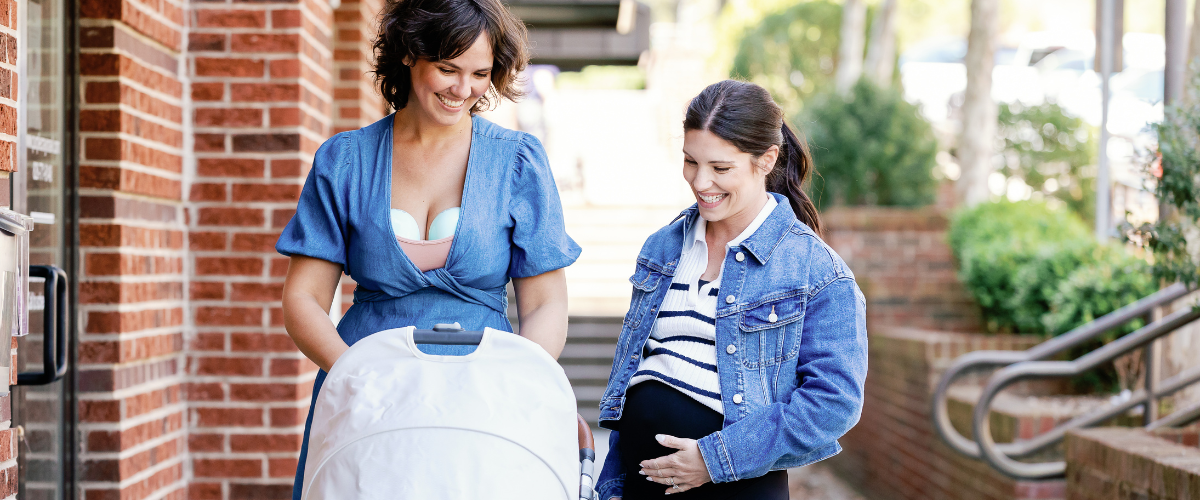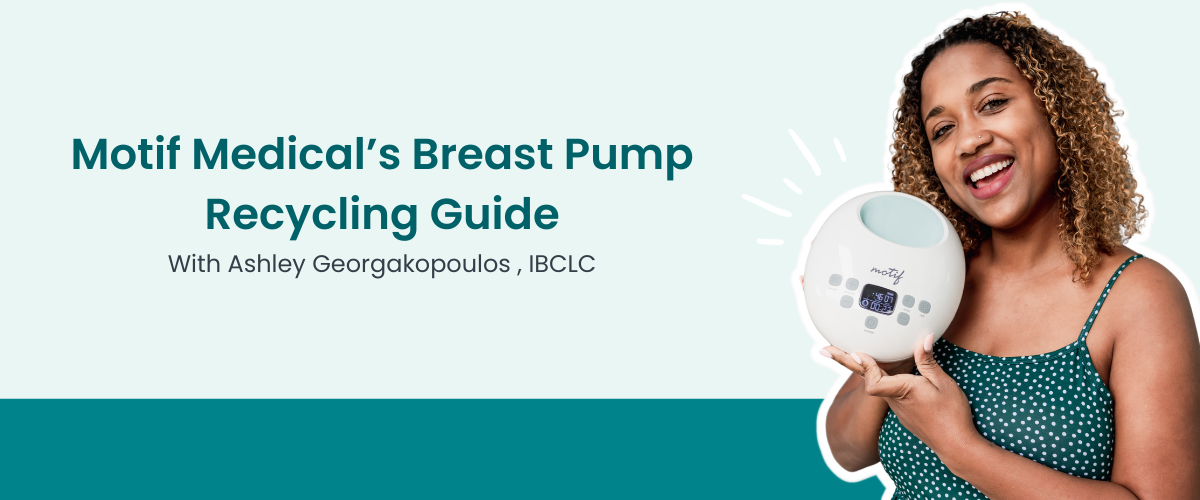Choosing your pump and learning how it can work FOR you is the first step to confidently achieving your pumping and stashing goals. Most importantly, your breast pump is designed to simulate, or mimic, a breastfeeding baby. Since it is a machine, we can navigate the different pump parts, designs and models, as well as technique, to allow it to do that very thing and get the most out of your pumping session.
Choosing Your Pump
Did you know that there are a multitude of ways to use a breast pump for your breastfeeding goals? While the first reason many attribute pumping breast milk is for bottle feeding, whether exclusive pumping, part time, or supplemental, breast pumps have many uses and applications! Based on these uses, along with milk supply goals, we can choose a pump that best suits that.
For instance, an electric breast pump designed for large volume, long term usage, is a great option for exclusive and part time pumping, while a silicone manual pump can be used for occasional pumping needs or even therapeutically, drawing out the nipple for latching or relieving a clogged duct, without creating an oversupply. Here is a more in depth look at selecting the perfect pump for you.
Possible Applications
- Milk supply stash, storing breast milk
- Increase Milk Supply overall
- Therapeutic applications
- Mastitis, Engorgement relief
- Temporary or long-term latching issues
- Inducing lactation/ breast milk production
- Traveling
- Work
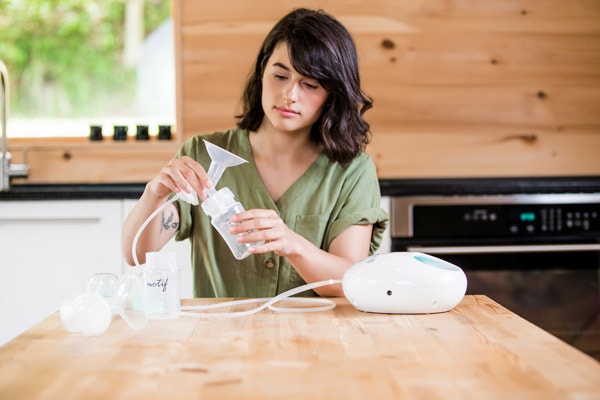

Understand and Maintain Pump Parts
Once you select the pump, or pumps, you want to use and have on hand, understanding the pump parts can reduce and avoid issues, and get the most from your pumping sessions. Working with an IBCLC can help navigate the usage and maintenance of your pump.
Size Your Flanges
These are the breast shields that funnel down and connect to your milk collection mechanism. The size and fit simulate that of a baby's wide open gape, and gently guide the nipple. One of the top questions asked is how to select the right flange size. Since nipples can be a different size from woman-to-woman, and even breast-to-breast, its important to measure each nipple with a ruler designed specifically for this. The flanges are sized by millimeters (mm). Breast sizes and nipple sizes may fluctuate or change overtime. Replace flanges once cloudy or compromised.
Maintain and Replace Membranes and Duckbills
Another important part to keep an eye on for optimal pumping and milk flow is the membrane. This is located at the end of the overall milk catching kit, and regulates suction. Depending on the frequency in which you use your pump, these need to be replaced as often as every 4-6 weeks.
Pump Efficiently with Mindful Steps
The amount of time spent pumping will vary from each mother and situation. This will also depend on the time of day, the baby's needs, pumping schedules, and most importantly, overall technique. There are tricks and tools mamas can learn to make the most out of the breast pumping routine.
Before Pumping
This is an opportunity to relax as much as possible and prepare the mind, hormones, and the breasts to respond effectively and optimally. Oxytocin is responsible for the letdown response, and thrives off of the emotional connection our baby. Have a picture of your baby nearby if away from them, or even a blanket or article of clothing to hold and smell. Prolactin, as the name suggests, is the hormone that creates our milk and also erects the nipple for latching. Stimulate this phenomenon by massaging the breasts and nipples prior to pumping! A warm compress may be a helpful tool for more intense relaxation or therapeutic needs.
Hand expression, as taught by a lactation consultant, prior to pumping is particularly helpful in early milk production stages, such as with colostrum and transitional milk, as a lot of the milk is stored just behind the areola.
During Pumping
Hands-on pumping, massaging the tissue during the process, has helped many pumping moms get the most out of their pumping routine. This is because babies naturally do this, kneading the breasts while they nurse, and our breasts respond to a healthy balance of suction and stimulation.
Additional Breast Pumping Tips
Aim to keep pumping sessions under 20 minutes. Rest, drink water, have a snack, and return to each session with a mindset of goals, positivity and reasons behind your efforts!
Pump as often as a baby feeds if it is meant to replace those feedings.
Most breastfed babies take in 2-3 oz of milk a feeding, with very little variances with age, since milk concentrates with the growing baby. Adjust not only expectations with getting "enough milk" to truly realizing every drop counts. Lofty goals of high volume storage is not realistic and quite difficult to achieve for many.
Strongest suction is not always the answer. Comfort and steadiness goes a long way!
A hands-free pumping bra can be a helpful investment for double pumping routines, freeing up the hands for other tasks and comfort. Ensure that the integrity and fit is secure and comfortable to avoid gaping, sagging flanges, breaking the suction seal.
Power Pumping is a helpful tool that simulates a phenomenon called "cluster feeding," boosting milk supply as needed or evening out a "slacker boob" to balance the best breast for optimal comfort.
Whether pumping straight to bottle or storage bags, breastmilk can remain at room temperature up to 4 hours, the refrigerator for up to 4 days, or the standard freezer up to 6 months.

